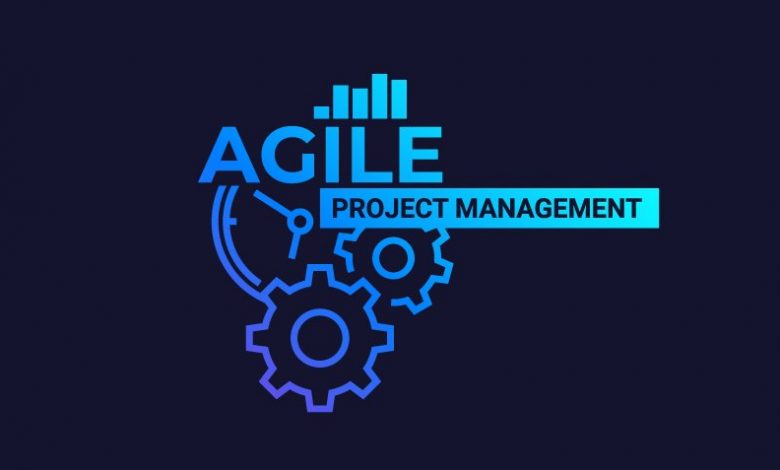Agile Project Management: Best Practices and Methodologies

Being an integral part of software engineering processes along with the business analysis and requirement specification, design, programming and testing, the project management has been a topic of considerable debate for years. Even today, when company project management practices are becoming more mature, only about half of them (54%), according to survey results by the Project Management Institute (PMI), are fully aware of the importance and value of these practices.
Regardless of industry, project management has proven to be a crucial element of a company’s efficiency and its eventual success. In fact, the organizations using proven project management practices waste 28 less money and implement projects that are 2.5 times more successful.
Project management professionals conclude that the definition of a successful project is one that is not only completed on time and within budget, but one that also delivers expected benefits.
Project Management Phases
Regardless of the scope, any project should follow a sequence of actions to be controlled and managed. According to the Project Management Institute (PMI), a typical project management process includes the following phases:
Initiation
Planning
Execution
Performance/Monitoring
Project close
Used as a roadmap to accomplish specific tasks, these phases define the project management lifecycle.
Yet, this structure is too general. A project usually has a number of internal stages within each phase. They can vary greatly depending on the scope of work, the team, the industry and the project itself.
In attempts to find a universal approach to managing any project, humanity has developed a significant number of PM techniques and methodologies.
Traditional Project Management Methodologies
Based on the above-described classic framework, traditional methodologies take a step-by-step approach to the project execution. Thus, the project goes through the initiation, planning, execution, monitoring straight to its closure in consecutive stages.
Often called linear, this approach includes a number of internal phases which are sequential and executed in a chronological order. Applied most commonly within the construction or manufacturing industry, where little or no changes are required at every stage, traditional project management has found its application in the software engineering as well.
Known as the waterfall model, it has been a dominant software development methodology since the early 1970s, when formally described by Winston W. Royce: “There are two essential steps common to all computer program developments, regardless of size or complexity. There is first an analysis step, followed second by a coding step … This sort of very simple implementation concept is in fact all that is required if the effort is sufficiently small and if the final product is to be operated by those who built it – as is typically done with computer programs for internal use.”
Waterfall model has a strong emphasis on planning and specifications development, which takes up to 40 percent of the project time and budget. Another basic principle of this approach is the strict order of the project phases. A new project stage does not begin until the previous one is finished.
The method works well for clearly defined projects with a single deliverable and fixed deadline. The Waterfall approach requires thorough planning, extensive project documentation and tight control over the development process. In theory, this should lead to on-time, on-budget delivery, low project risks, and predictable final results.
However, when applied to the actual software engineering process, Waterfall method tends to be slow, costly and inflexible due to numerous restrictions. In many cases, its inability to adjust the product to the evolving market requirements often results in a huge waste of resources and the eventual project failure.


